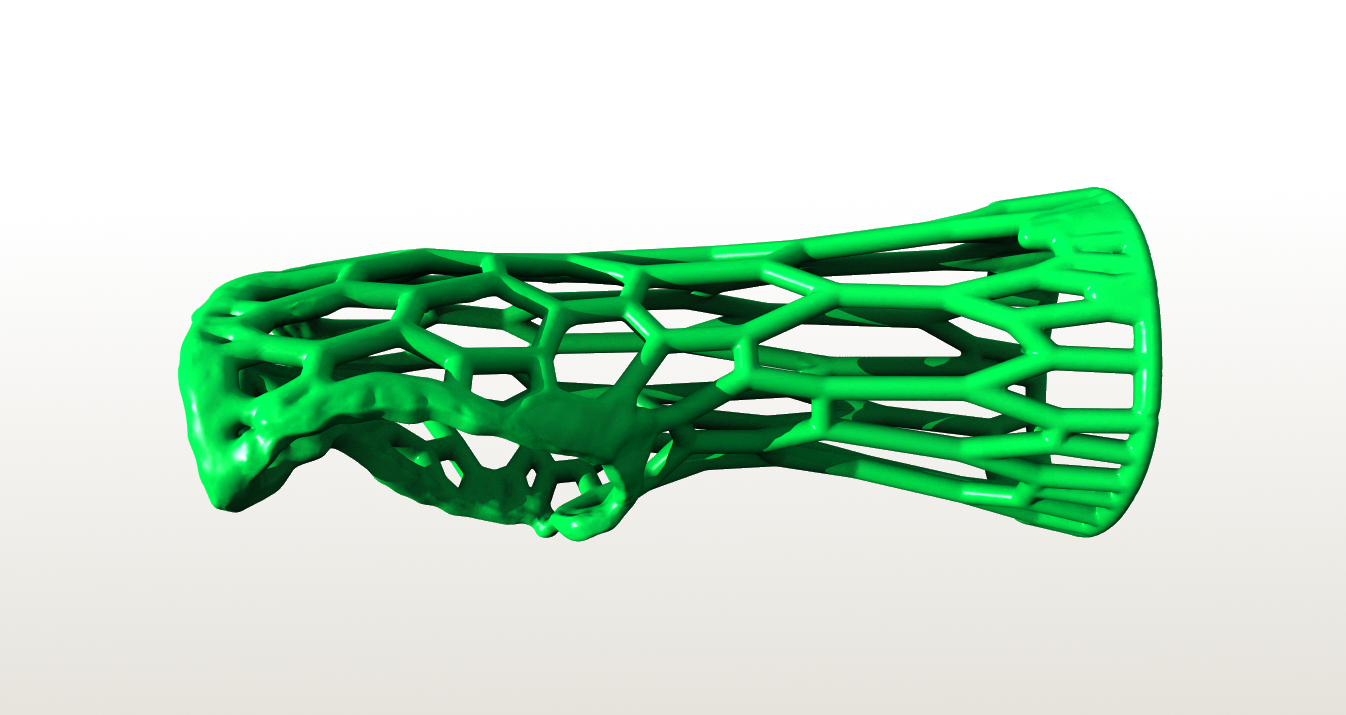Last Wednesday I ran a workshop at Concordia Lutheran’s first-ever Makerspace Day Camp. It was a fantastic day that featured wearable technology with lilypad’s, Makey Makeys, Lego Mindstorms, Rube Goldberg machines and PCduino’s. Margy Heuschele was the mastermind behind the day, and I’m so impressed she went ahead with a streamlined version after an unsuccessful grant round to fund the day.
Students from across Toowoomba have taken part in a special camp to spark their interest in science, maths, engineering and technology! #WINNews
Posted by WIN News Toowoomba on Wednesday, March 22, 2017
My activity was teaching students how to creating custom equipment from 3D scans. My group of year 7’s had a choice of making custom knee pads, elbow pads or wrist braces. They all chose the wrist brace.
Meshmixer was used as the weapon of choice for this activity, and I set the students on a mission to explore all the sculpting brushes to punish the stock bunny model. While they experimented with the tools available, I 3D scanned the small group one at a time with my Primesense Carmine 1.09 using the Skanect full version. A kneeling, superman-flying pose is best to capture all angles of the hand and wrist.
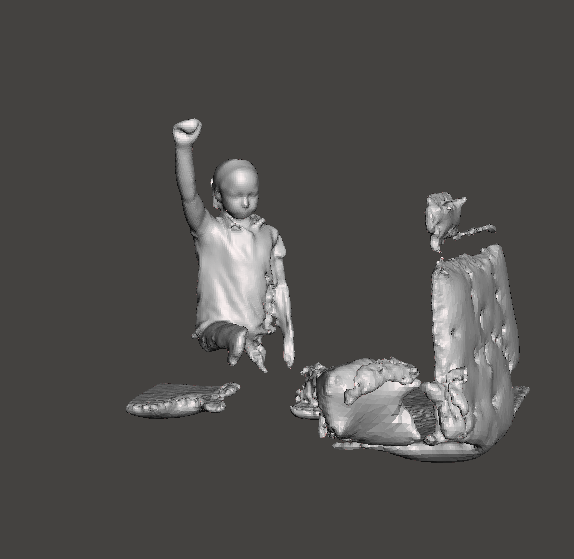
After scanning, the students each received the rough 3D scan file on USB. Students used the Plane Cut function with ‘No Fill’ selected to trim down to just the wrist area.
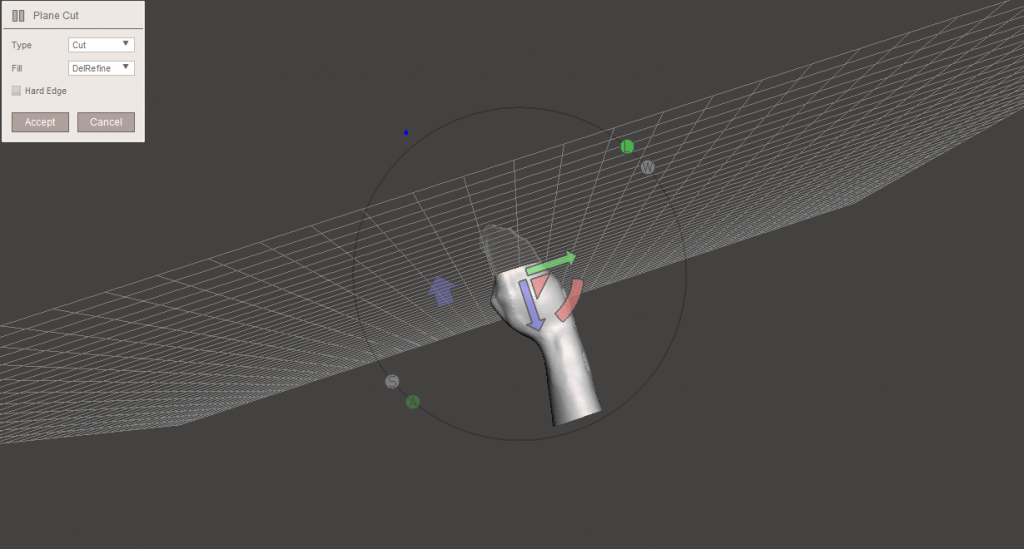
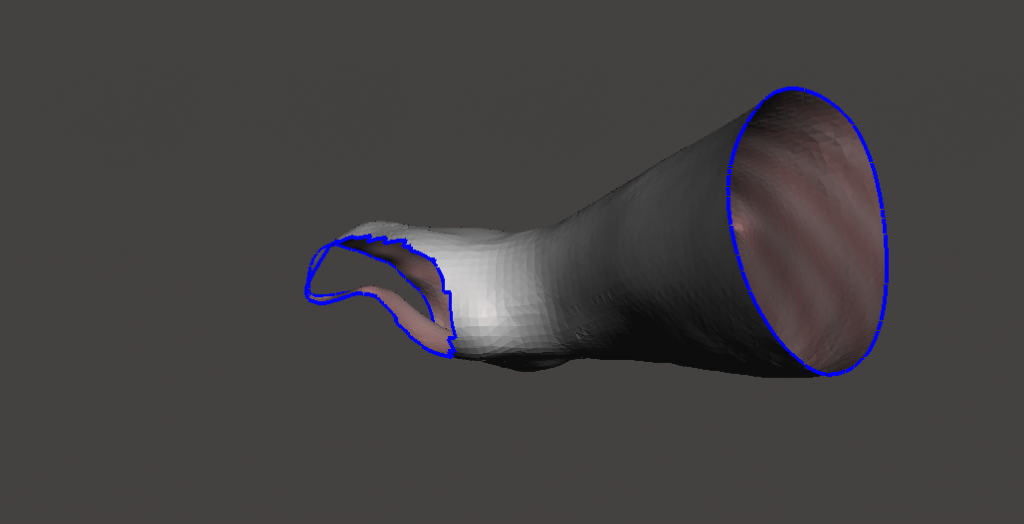
You can also selectively delete the thumb area as shown.
From there, the scale function in the Transform menu needs to be used to increase the size of the model to about 500. The Reduce function is used next to get a ‘low poly’ version of the model, and finally, the Pattern function can be used to create the desired effect.
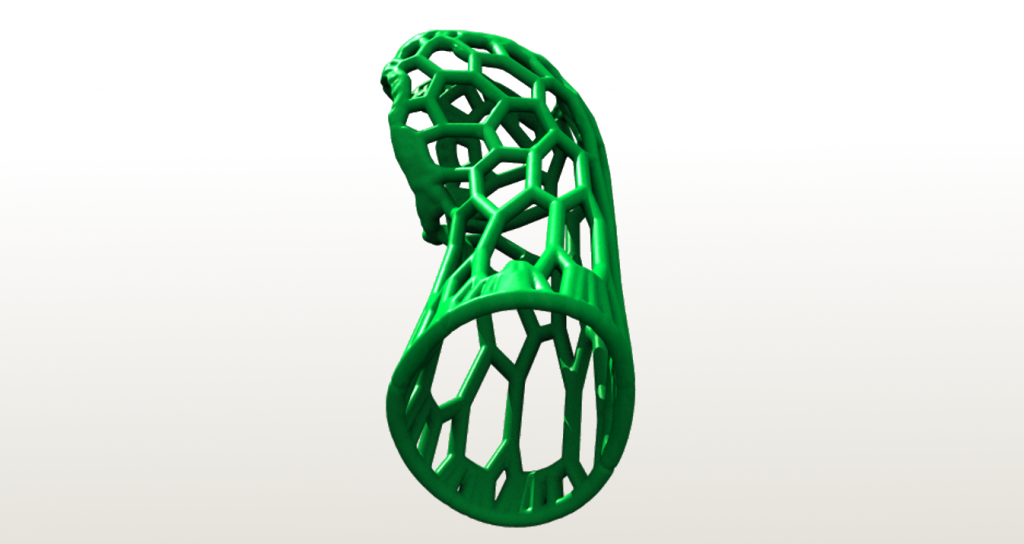
The students could edit the model to smooth over certain areas and import into TinkerCAD to add in any extras. Here’s a couple of the finished products:
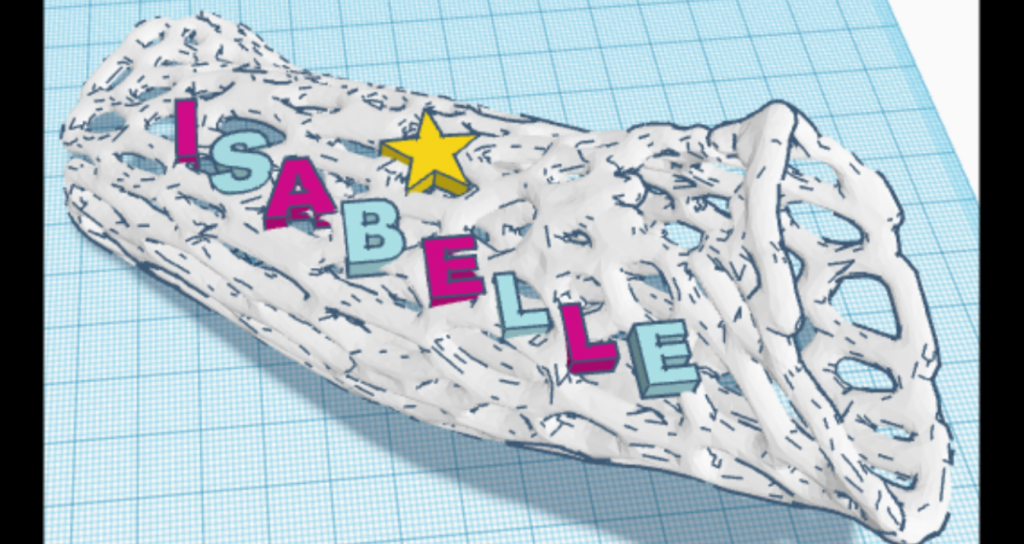
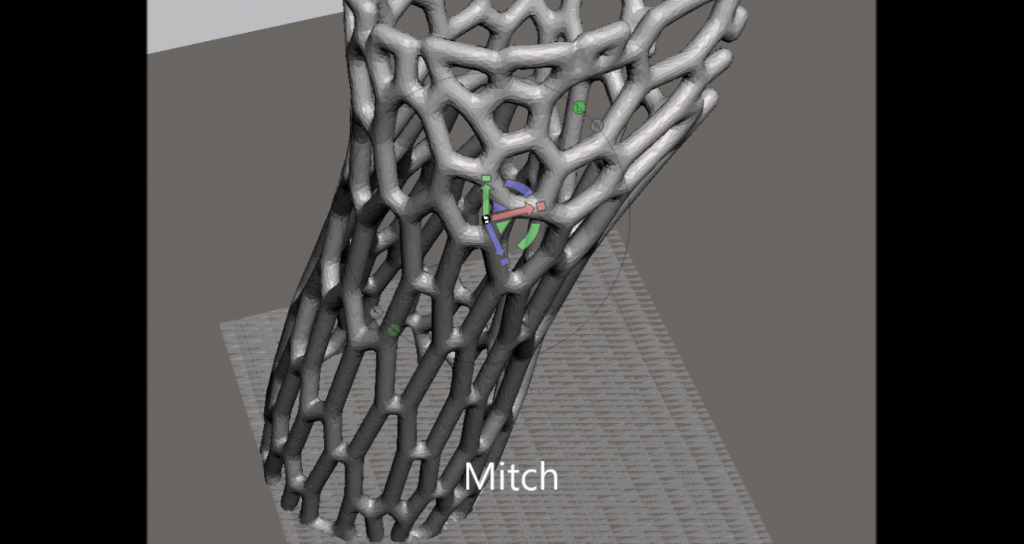
Some of the students struggled with spatial skills, and I think next time this activity would work best with high school students 15+ years. If I was to 3D print these models, measurements of the owner of the wrist would have to be taken to match the model back to the preferred size after using the scale function, or simply performing the reverse of the scale used to get the model back to the captured size. The model would also be sliced in two for easy 3D printing and fitting to the person with velcro straps. Feel free to shoot me an email if you’d like any help and advice on running something similar at your school.

